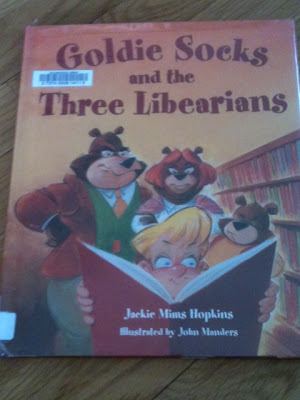The Mystery of the Roanoke Colony
is another history title in the Graphic Library series.
When I saw our local library had access to this title, I was anxious to review it. Since there is a mystery about what happened to the colonists who settled Roanoke, some textbooks provide extremely limited information on an important historical event and other books are filled with speculation and gossip. I am pleased to say this book focused on the facts and only at the end provided some logical explanations as to the possible outcomes of the colonists who stayed behind.
Having looked for resources that focused on the early settlements when I taught colonial history, I would have added this book. As with all books in this series, it picks it areas of focus. It skims over the purposes for the establishment for the colony, which did not bother me as that is an area I can find material that is age appropriate. This book focuses on the time line of the establishment of the colony, the relationship with the local native tribes that led to issues, and the wars and other factors that prevented the colony from being resupplied.
The book does gloss over some of the challenges between the Native populations and the colonists, but it does address that there were issues that led to conflicts. Considering the format, I was pleased to see that they raised the issue.
One very strong point I appreciated about this book is it emphasized the time involved. Since Roanoke is often given a paragraph to a page in textbooks, the timeline is often compressed such that children often do not understand the time involved. It often is presented as if the colonists land, there is some magic involved, and they disappear never to be seen again. This book does a good job in presenting the elapsed time between arrival and the realization by those who left the colony to resupply it that it was gone. Even if the people who left to resupply the colony returned as quickly as they could, there would have been a substantial amount of time for disasters to have occurred. However, due to weather, damaged ships, and war, Governor White was gone for three years before he could convince Sir Walter Raleigh to release ships for him to return to Roanoke to provide relief to his family and the other settlers. Sadly, when he returned he was unable to find his family and the mystery is still unsolved today.










